

Articles
How To Store Chicken Fat
Modified: December 7, 2023
Learn how to store chicken fat with our informative articles. Discover the best methods for preserving and utilizing this versatile ingredient.
(Many of the links in this article redirect to a specific reviewed product. Your purchase of these products through affiliate links helps to generate commission for Storables.com, at no extra cost. Learn more)
Introduction
Welcome to the world of culinary delights, where even the most humble ingredients can transform a dish into something extraordinary. One such ingredient that holds a treasure trove of flavor is chicken fat. While many may discard chicken fat as waste, seasoned cooks know that it is a secret weapon in the kitchen. Not only does it add richness and depth to dishes, but it also imparts a delicious savory taste that can elevate any recipe.
Storing chicken fat properly is essential to ensure its freshness and flavor. Whether you have obtained a batch of schmaltz, rendered chicken fat, or simply skimmed off the excess fat from your roasted chicken, storing it correctly will allow you to enjoy its unique qualities whenever you desire.
In this article, we will explore why you should consider storing chicken fat, the necessary preparations, the best containers for storage, and the various methods of keeping it fresh. We will also touch on the importance of proper labeling and offer helpful tips on utilizing your stored chicken fat effectively. So, let’s dive in and discover how to make the most of this culinary goldmine.
Key Takeaways:
- Elevate your cooking with stored chicken fat, a versatile ingredient that adds richness and depth to dishes while reducing waste and enhancing flavor.
- Properly store, label, and utilize chicken fat to unlock its culinary potential, from sautéing and baking to marinating and flavor infusions.
Read more: How To Store Fat Quarters
Why Store Chicken Fat?
Before we dive into the nitty-gritty of storing chicken fat, you may be wondering why bother in the first place? After all, chicken fat isn’t something commonly found on every pantry shelf. However, once you understand the valuable attributes of chicken fat, you’ll quickly realize why it’s worth making space for in your kitchen.
1. Flavor Enhancement: Chicken fat, also known as schmaltz, boasts a unique taste that adds depth and richness to dishes. It can enhance the flavors of soups, stews, sautés, and even baked goods. By storing chicken fat, you’ll have a savory ingredient on hand to elevate any recipe.
2. Versatility: Chicken fat can be used as a cooking fat, similar to butter or oil. It can withstand high heat, making it perfect for frying or roasting. Additionally, it can be used as a flavoring agent, adding a luxurious velvety texture when incorporated into sauces and dressings.
3. Economic and Sustainable: By storing chicken fat, you reduce waste and make the most of the whole chicken. Instead of discarding the fat, you give it a purpose and extract its valuable qualities. It’s a mindful and sustainable approach to cooking.
4. Taste and Nutrition: Chicken fat is rich in flavor, but it also contains essential fatty acids, vitamins, and minerals. When stored properly, chicken fat retains its nutritional value, allowing you to enjoy both the taste and nutritional benefits in your cooking.
Now that you understand why it’s worth storing chicken fat let’s explore how to prepare it for storage and the different methods to ensure its freshness and longevity.
Preparation
Before storing chicken fat, it’s crucial to prepare it properly. Follow these steps to ensure you have clean and pure fat for storage:
- Render the Fat: If you have raw chicken fat, it needs to be rendered before storage. Place the fat in a heavy-bottomed pan and heat it over low heat. As the fat melts, strain it through a fine mesh sieve or cheesecloth to remove any impurities or leftover bits of meat. This step will result in clear, golden chicken fat ready for storage.
- Cool and Clarify: Allow the rendered chicken fat to cool slightly before proceeding. This will allow any remaining solids to settle at the bottom of the container. To further clarify the fat, you can pour it through a coffee filter or paper towel-lined funnel to remove any remaining impurities.
- Skim Excess Fat: If you have excess fat from roasted chicken, skim it off and strain it to separate any meat particles. This fat can also be stored and used in the same way as rendered fat.
- Strain and Store: Transfer the clean and clarified chicken fat into suitable storage containers. We will discuss the best containers for chicken fat storage in the next section.
By following these preparation steps, you ensure that your stored chicken fat is free from impurities and ready for future culinary adventures.
Proper Storage Containers
Choosing the right storage containers for your chicken fat is crucial to maintain its quality and prevent any contamination. Here are some options for storing chicken fat:
- Glass Jars: Glass jars with a tight-sealing lid are an excellent choice for storing chicken fat. Choose jars that are specifically designed for food storage and are made of high-quality glass. Glass containers are non-reactive and won’t absorb any flavors or odors from the fat. Ensure that the lids fit securely to prevent air and moisture from entering the jar.
- Plastic Containers: If you prefer to use plastic containers, opt for ones made of food-grade plastic. Look for containers that are BPA-free and have a secure lid to maintain freshness. Choose containers that are opaque or made from dark-colored plastic to protect the fat from light exposure, which can cause oxidation.
- Freezer Bags: Freezer-safe resealable bags can be an efficient option for storing smaller portions of chicken fat. Make sure the bags are specifically designed for freezer use to prevent any leakage or freezer burn. Squeeze out any excess air before sealing the bag to minimize oxidation.
Whatever type of container you choose, make sure it is clean and dry before adding the chicken fat. Airtight containers are essential to prevent the fat from absorbing unwanted flavors and to maintain its freshness. Always leave some headspace in the container to allow for expansion when freezing.
Remember to label your containers with the date of storage to keep track of freshness. Additionally, consider using smaller containers to store chicken fat in manageable amounts, allowing you to defrost only what you need for your recipes.
Now that you have your storage containers ready, let’s explore the different methods of storing chicken fat – in the refrigerator or the freezer.
Refrigerator Storage
If you plan to use the chicken fat within a relatively short time frame, storing it in the refrigerator is a convenient option. Here’s how to properly store chicken fat in the refrigerator:
- Cool to Room Temperature: Allow the rendered or skimmed chicken fat to cool to room temperature before transferring it to the storage container. This prevents condensation from forming inside the container.
- Fill the Container: Fill the storage container with the chicken fat, leaving about half an inch of headspace at the top to allow for expansion.
- Seal the Container: Ensure the lid is tightly sealed to prevent air and moisture from getting in. This helps maintain the freshness of the chicken fat and prevents it from absorbing any unwanted flavors from other foods in the refrigerator.
- Store in the Refrigerator: Place the container of chicken fat in the refrigerator, ideally on a shelf towards the back where the temperature is more consistent. This will help ensure the chicken fat stays solid and fresh.
- Check for Freshness: Regularly inspect the chicken fat for any signs of spoilage, such as an off odor or mold. If you notice any changes in color, texture, or smell, it’s best to discard the chicken fat to prevent foodborne illness.
When stored properly in the refrigerator, chicken fat can last for several weeks. However, it’s essential to use your judgment and rely on the freshness indicators to determine whether it is safe to consume.
Next, let’s explore an alternative method of storing chicken fat – freezing.
After cooking chicken, strain the fat and store it in an airtight container in the refrigerator. Use it for cooking or flavoring dishes.
Read more: How To Store Beef Fat
Freezing Chicken Fat
Freezing chicken fat is an excellent option if you want to extend its shelf life and have a longer-term storage solution. Follow these steps to freeze chicken fat effectively:
- Cool and Package: Allow the rendered or skimmed chicken fat to cool completely before packaging it for freezing. This helps retain the quality of the fat and prevents condensation from forming inside the packaging.
- Portion the Fat: Divide the chicken fat into smaller portions that you are likely to use in your recipes. This will make it more convenient to thaw and use as needed, without having to defrost more than necessary.
- Wrap or Use Containers: Wrap each portion of chicken fat tightly in plastic wrap or aluminum foil. Alternatively, you can use freezer-safe bags or containers for individual portions. Ensure that the wrapping or containers are airtight to prevent freezer burn and maintain the quality of the fat.
- Label and Date: It’s crucial to label each package with the date of freezing. This will help you keep track of the freshness and make it easier to use the oldest portions first.
- Freeze: Place the wrapped or packaged chicken fat in the freezer. Try to lay them flat to maximize freezer space and allow for quicker thawing when needed.
- Storage Duration: When stored in the freezer at 0°F (-18°C) or below, chicken fat can remain safe to consume for up to six months. However, for optimal quality and flavor, it’s best to use it within three to four months.
Thaw frozen chicken fat in the refrigerator overnight or use the defrost function on your microwave, if applicable. Once thawed, you can use it in your favorite recipes just like fresh chicken fat.
Now that you know how to properly store chicken fat in both the refrigerator and freezer, let’s move on to the importance of labeling and dating your stored chicken fat.
Labeling and Dating
Labeling and dating your stored chicken fat may seem like a simple step, but it plays a crucial role in maintaining organization and ensuring food safety. Here are some tips for effectively labeling and dating your chicken fat:
- Label: Clearly label each storage container or package with the contents, indicating that it is chicken fat. This will prevent any mix-ups or confusion when you’re searching for a specific ingredient in your freezer or refrigerator. You can use adhesive labels or write directly on the packaging with a waterproof marker.
- Date: Write the date of storage on each container or package. This is important to keep track of the freshness of the chicken fat. As a general guideline, refrigerated chicken fat should be used within a few weeks, while frozen chicken fat is best consumed within three to four months. By dating your storage, you can prioritize using the oldest portions first.
- Additional Details: You may find it helpful to include any additional information on the label, such as the method of preparation or any special seasoning added to the fat. This can be beneficial when selecting the right fat for specific recipes or dietary considerations.
- Organization: To maintain order in your freezer or refrigerator, consider arranging the labeled and dated chicken fat containers in a designated section. This will make it easier to locate and retrieve the desired portion when needed.
By labeling and dating your stored chicken fat, you establish a system that promotes food safety and efficient ingredient management. It will save you time and ensure that you are using the chicken fat within its recommended storage duration.
Now that you’re well-equipped with the knowledge of storing and labeling chicken fat, let’s explore some tips for making the most out of your stored chicken fat.
Tips for Using Stored Chicken Fat
Now that you have successfully stored your chicken fat, it’s time to put it to good use in the kitchen. Here are some tips to help you make the most out of your stored chicken fat:
- Flavor Boost: Use a spoonful of chicken fat to sauté vegetables or as a base for soups and stews. It imparts a rich and savory flavor that can take your dishes to the next level.
- Baking Enhancement: Substitute chicken fat for butter or oil in baking recipes to add moistness and a unique taste. It works particularly well in pie crusts, biscuits, and even cookies.
- Roux Creation: Chicken fat can be used to make a flavorful roux, the foundation of many sauces and gravies. The fat helps to develop a deep, nutty flavor and provides a smooth texture to your sauces.
- Roasting Delight: Rub your roasted chicken or vegetables with a little chicken fat before putting them in the oven. It will enhance the flavor, crisp up the skin, and add a delicious richness.
- Marinating Magic: Make a marinade by combining chicken fat with herbs, spices, and other ingredients. Marinating meat or poultry in this mixture will infuse it with incredible flavor and help keep it juicy during cooking.
- Flavorful Popcorn: Melt a small amount of chicken fat and drizzle it over freshly popped popcorn. The rich and savory taste will elevate your movie night snack to a whole new level.
- Portion Control: Since chicken fat is high in calories, it’s essential to use it in moderation. Consider portioning the fat into smaller containers or using measuring spoons to ensure you’re using just the right amount in your recipes.
- Combine with Spices: Infuse the chicken fat with different spices and seasonings to create flavored versions. Experiment with herbs, garlic, chili flakes, or even smoked paprika to elevate your dishes with additional depth of flavor.
Remember, the key to using stored chicken fat is to let your creativity shine. Don’t hesitate to explore different cooking techniques, experiment with flavor combinations, and incorporate it into both savory and sweet recipes. Enjoy the rich and tantalizing benefits of this culinary gem!
Now that you have learned various tips for using your stored chicken fat, let’s conclude this article.
Conclusion
Congratulations! You have now learned how to properly store chicken fat and maximize its flavorful potential in your culinary endeavors. By understanding the importance of storing chicken fat and following the necessary steps, you can preserve its richness and enhance the taste of your dishes.
Storing chicken fat allows you to unlock a world of possibilities in the kitchen. From adding depth to soups and stews to creating delectable baked goods, chicken fat is a versatile ingredient that can take your cooking to new heights.
Remember to properly prepare the chicken fat, selecting the right storage containers, and choose between refrigerator storage or freezing, depending on your needs. Labeling and dating your stored chicken fat ensures organization and helps you keep track of its freshness.
When it comes to utilizing your stored chicken fat, let your imagination soar. Use it as a flavor enhancer, a substitute for other cooking fats, or experiment with different spices and herbs to create unique infusions. With proper portioning and control, you can add a touch of savory decadence to your dishes while maintaining a balanced diet.
So, don’t let chicken fat go to waste. Store it, label it, and let it work its magic in your recipes. Your taste buds will thank you for the depths of flavor and richness that only chicken fat can provide.
Now go forth and embrace the incredible culinary potential of stored chicken fat. Happy cooking!
Frequently Asked Questions about How To Store Chicken Fat
Was this page helpful?
At Storables.com, we guarantee accurate and reliable information. Our content, validated by Expert Board Contributors, is crafted following stringent Editorial Policies. We're committed to providing you with well-researched, expert-backed insights for all your informational needs.
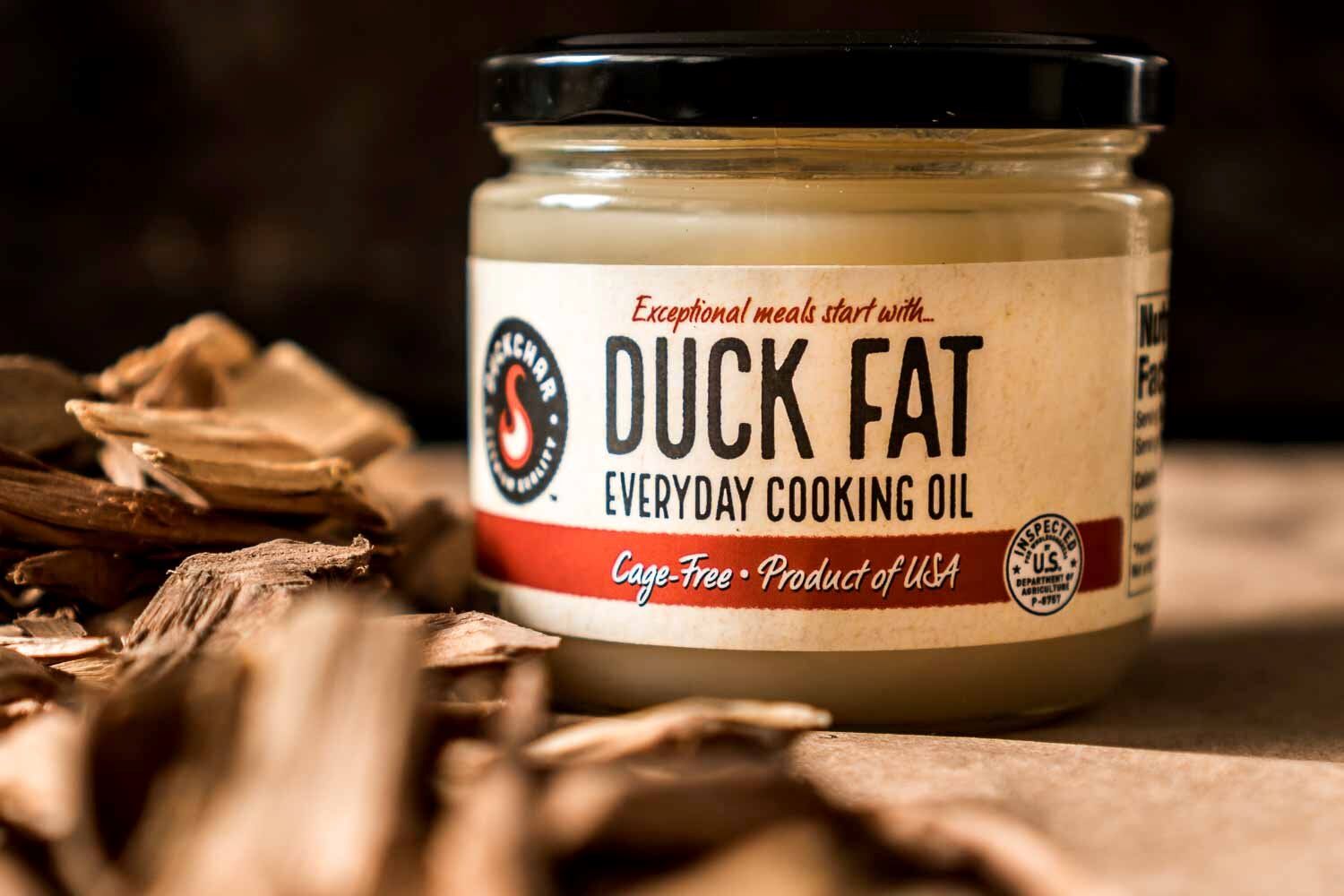
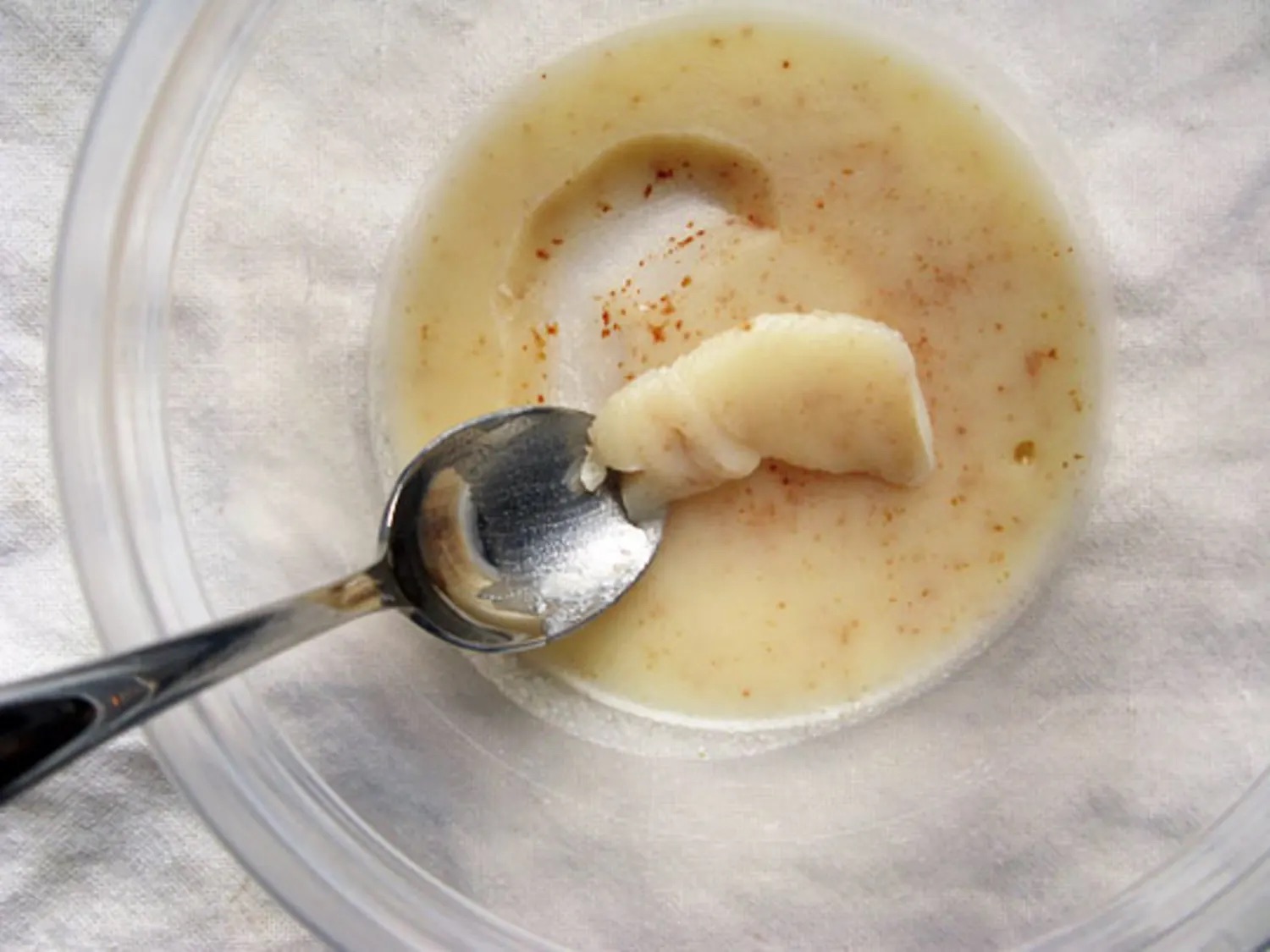
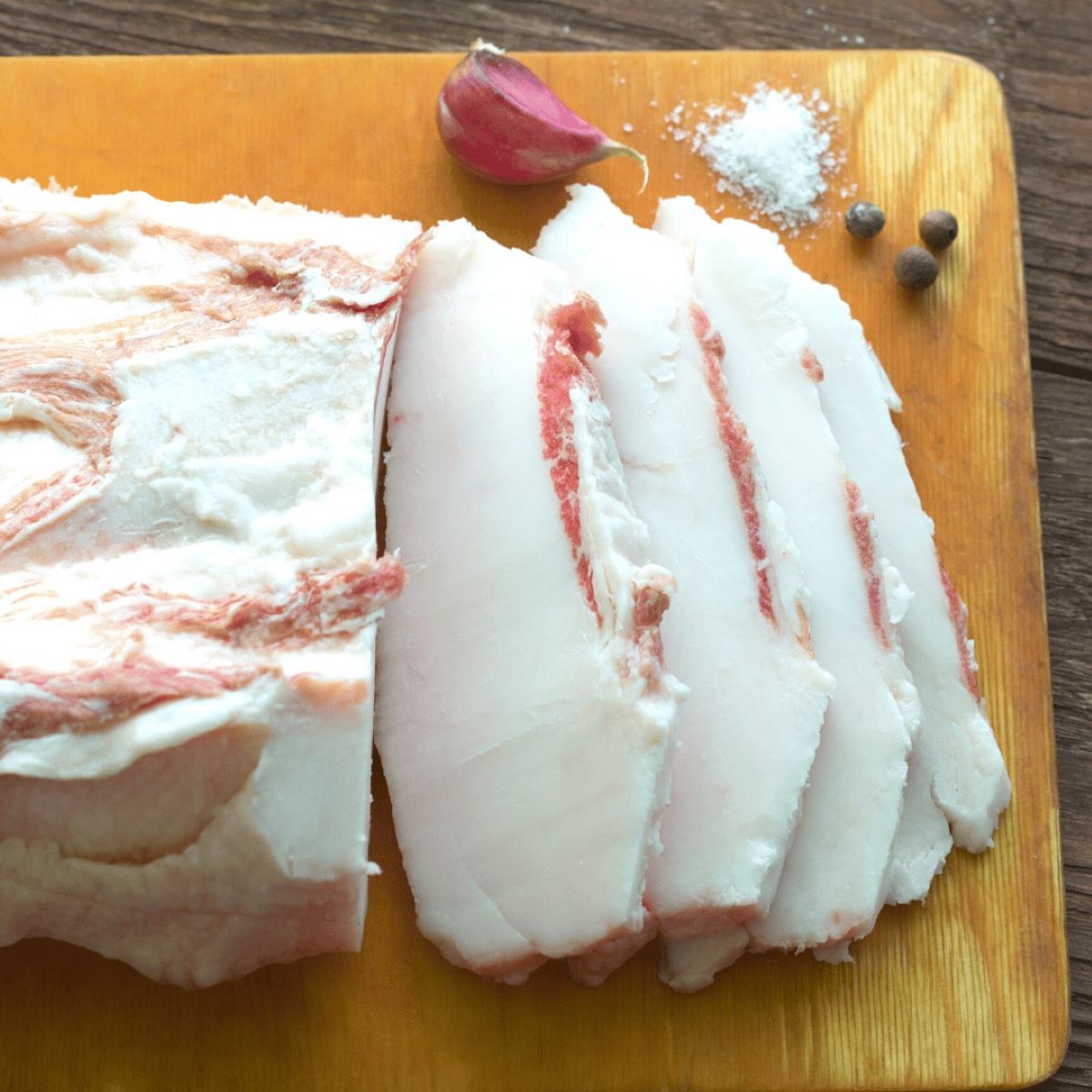
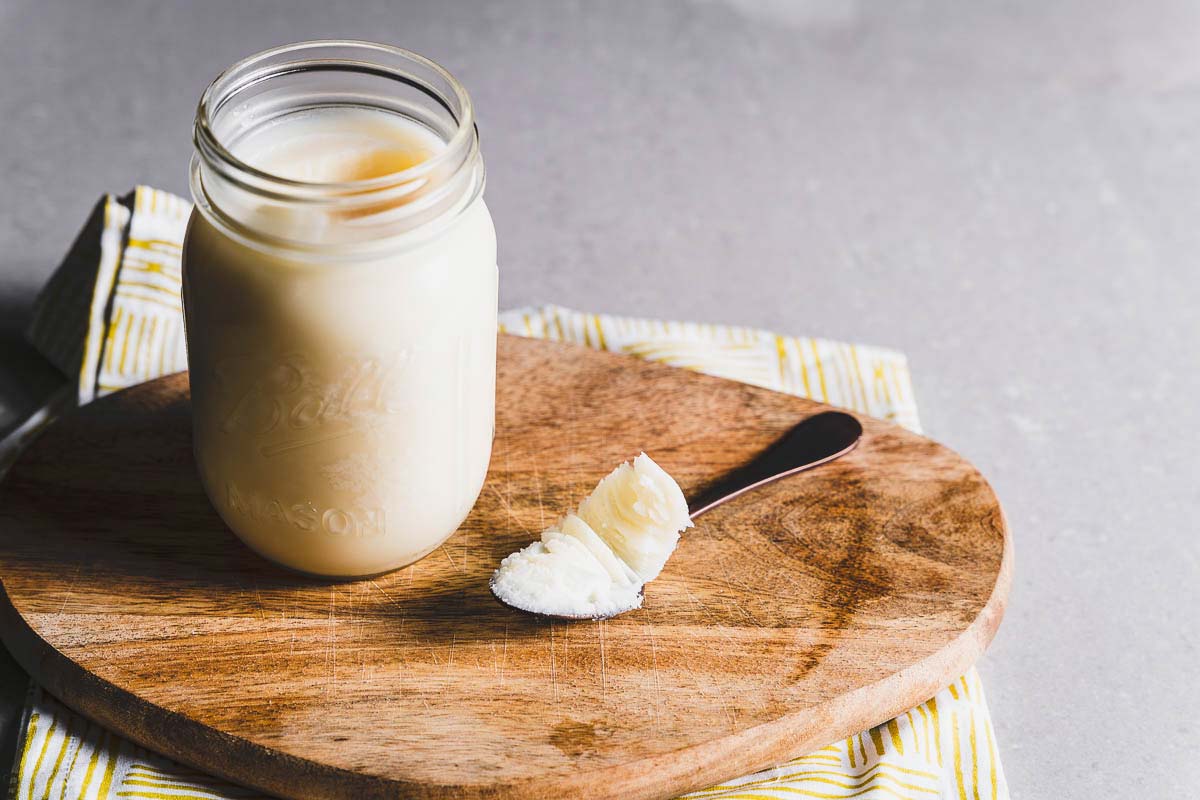
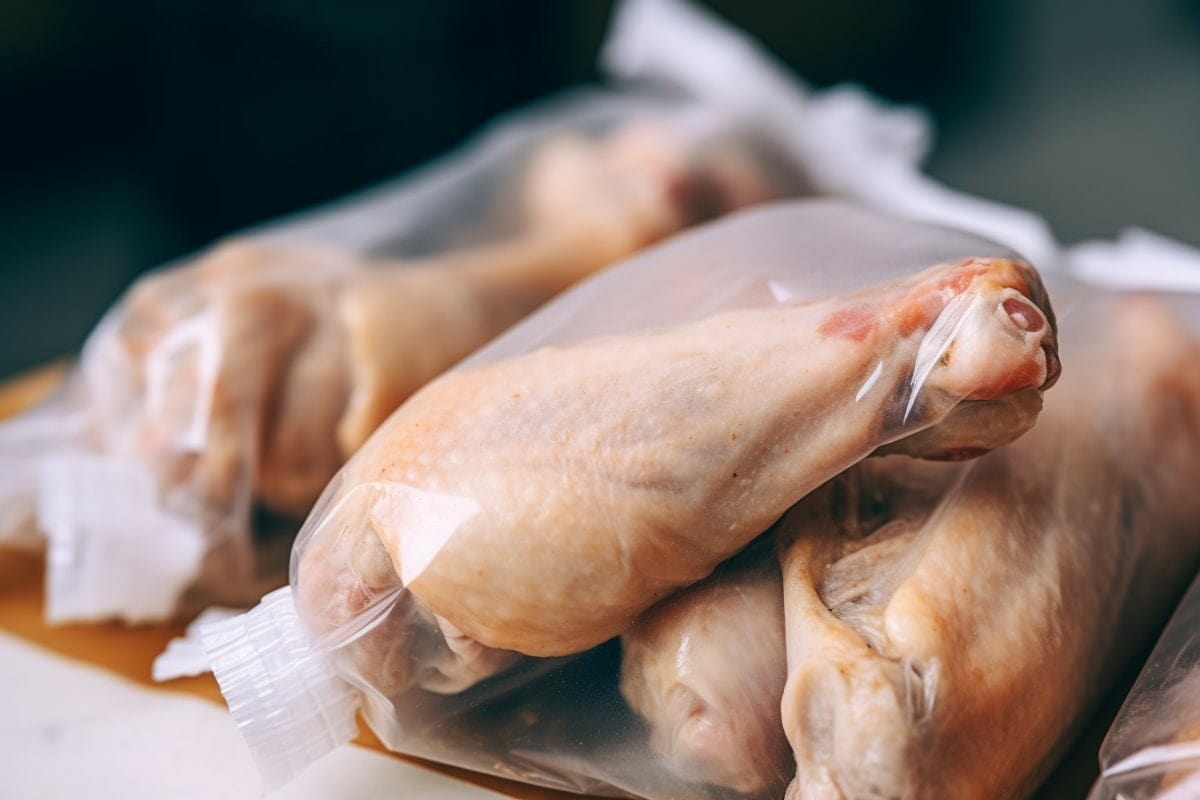
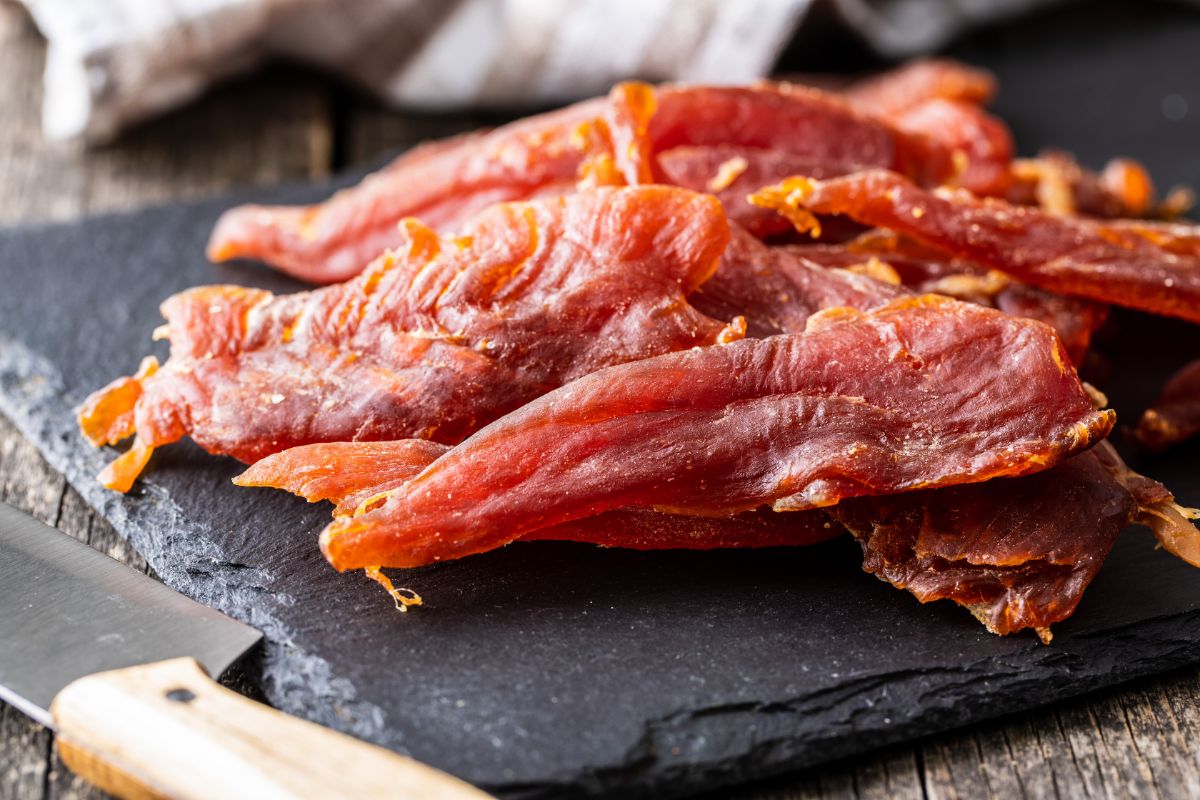
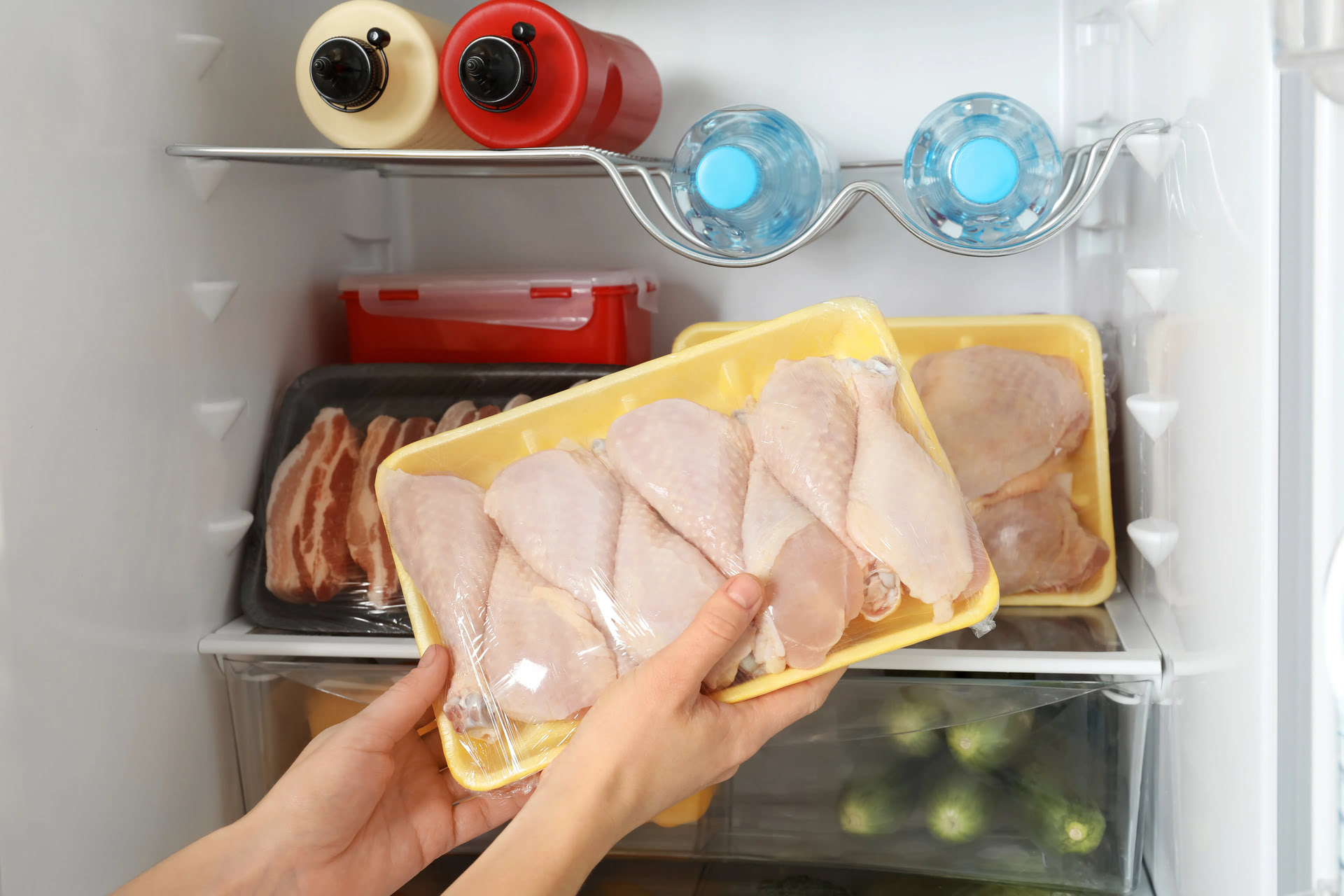
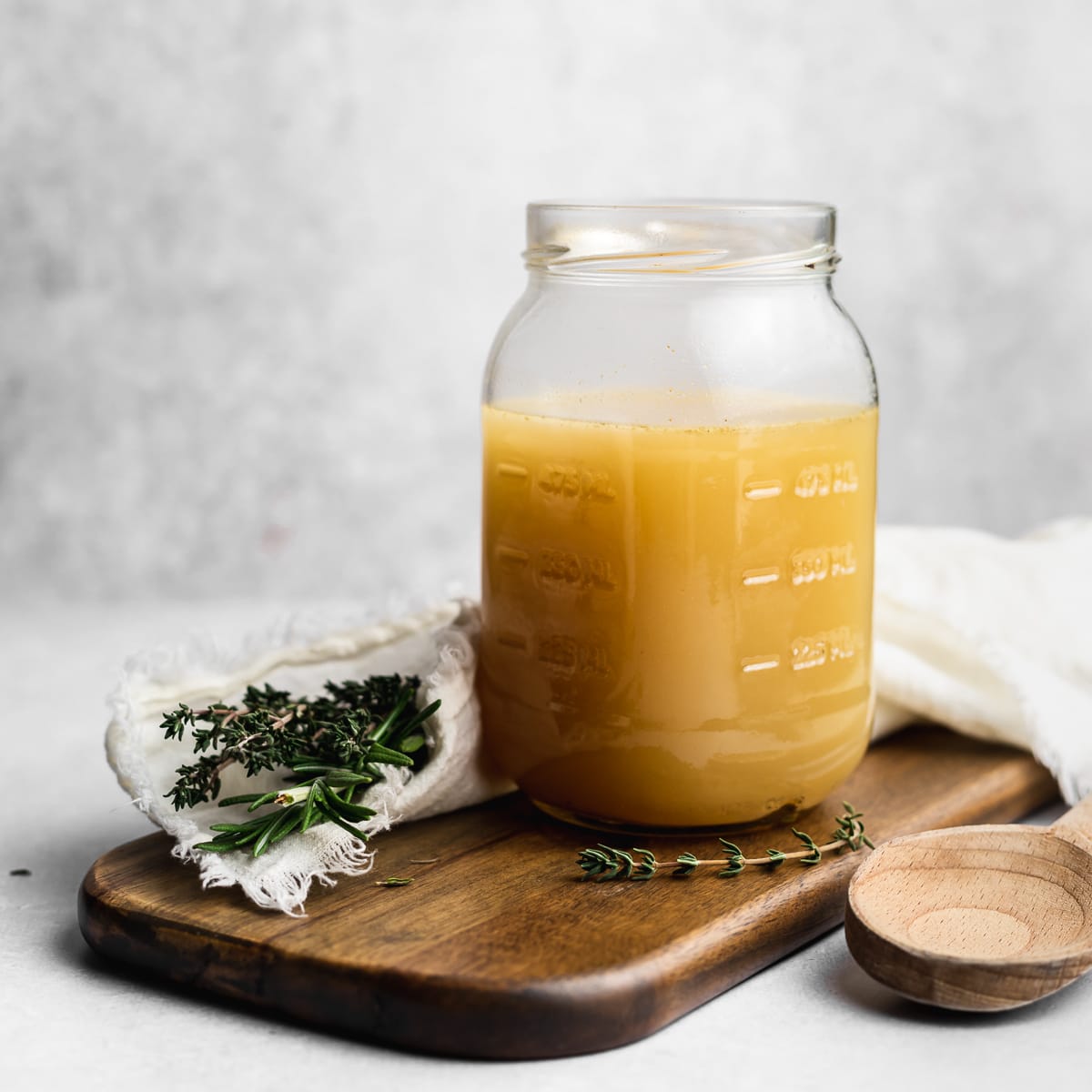
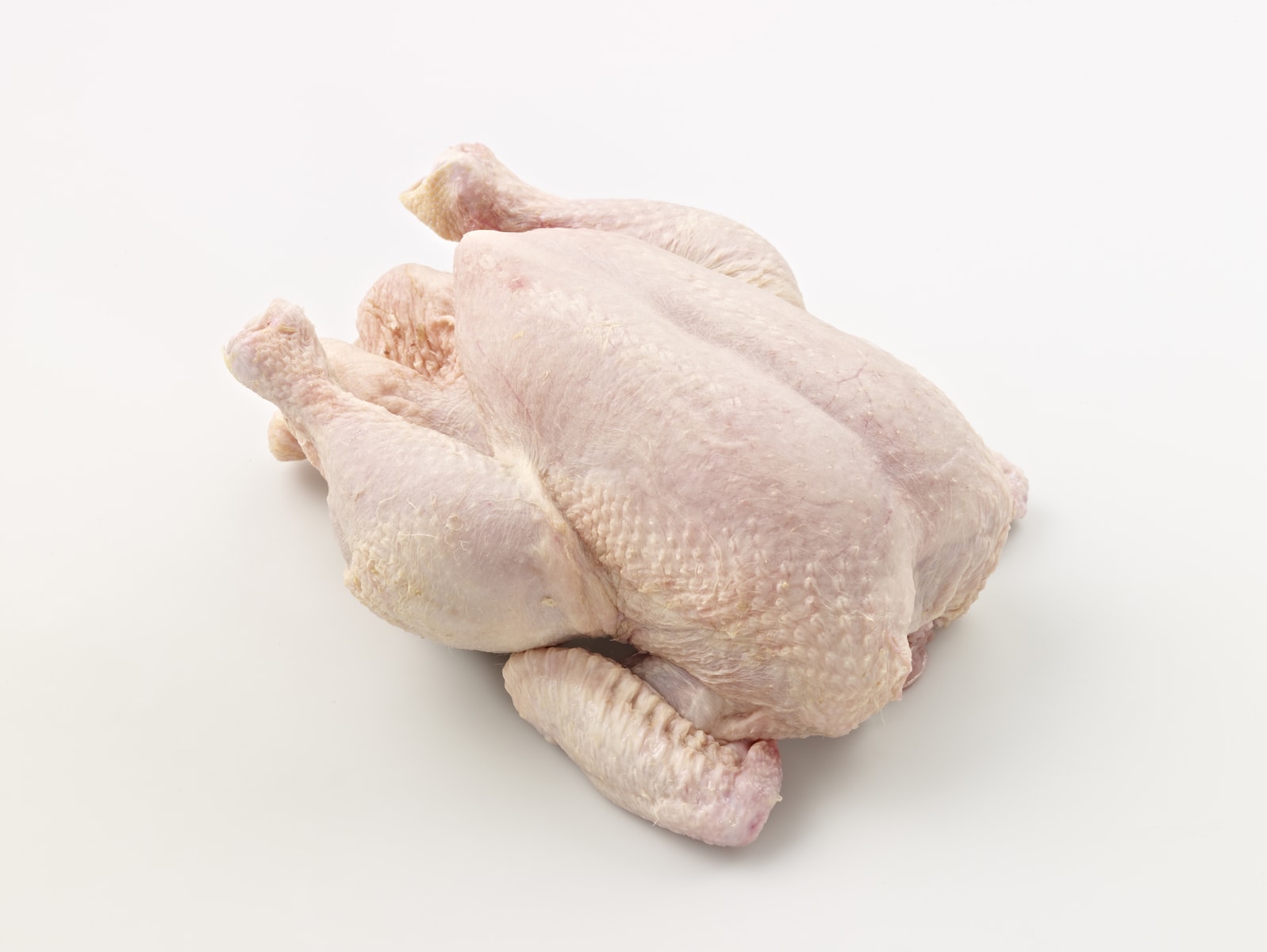
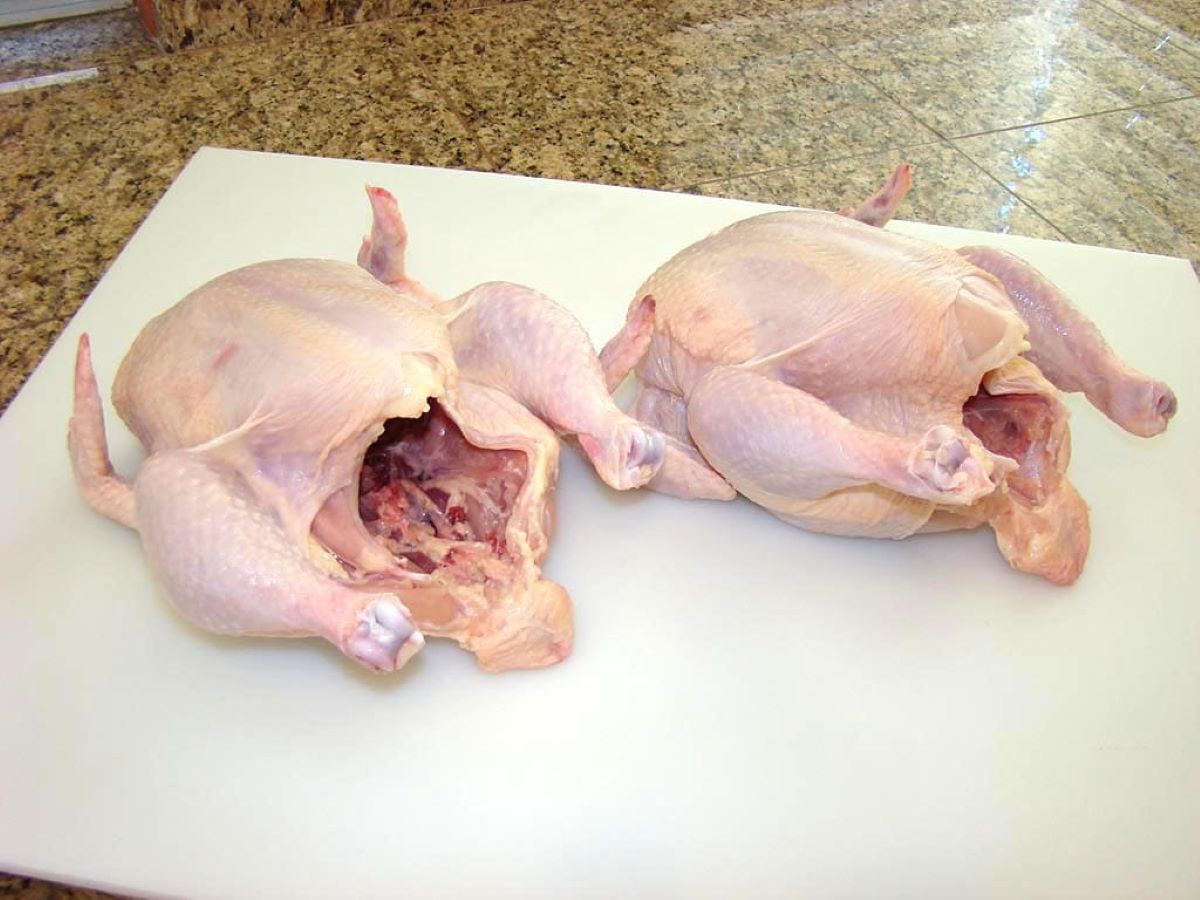
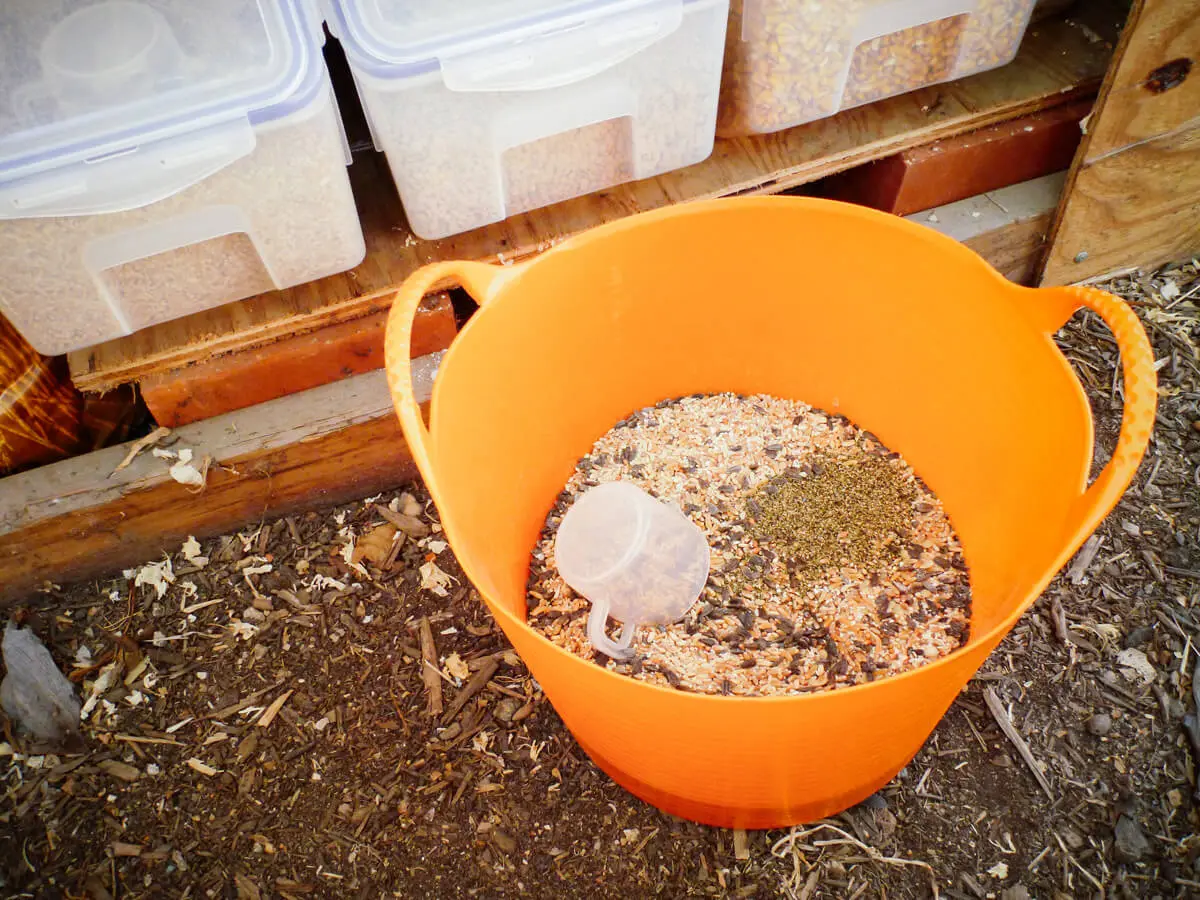

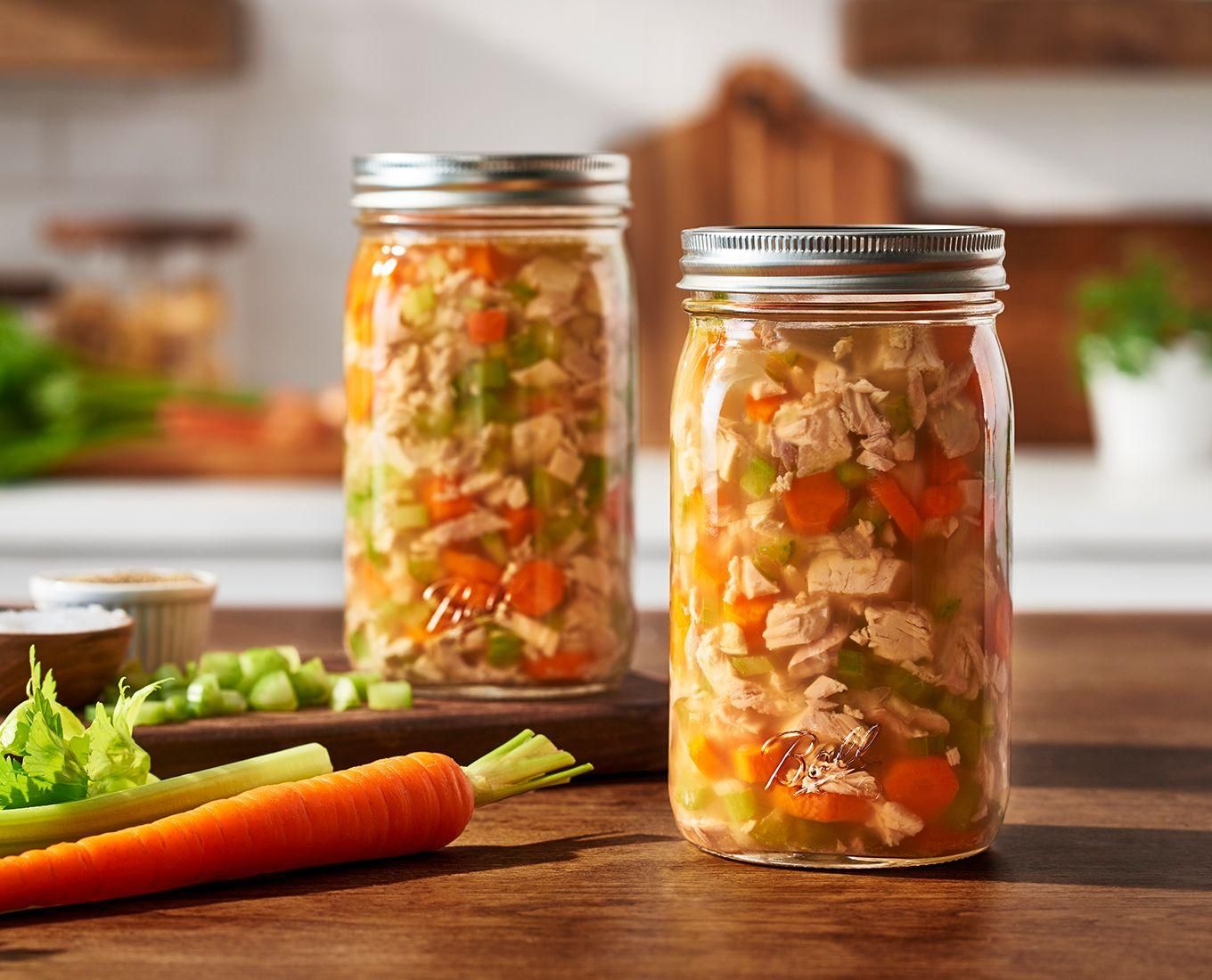
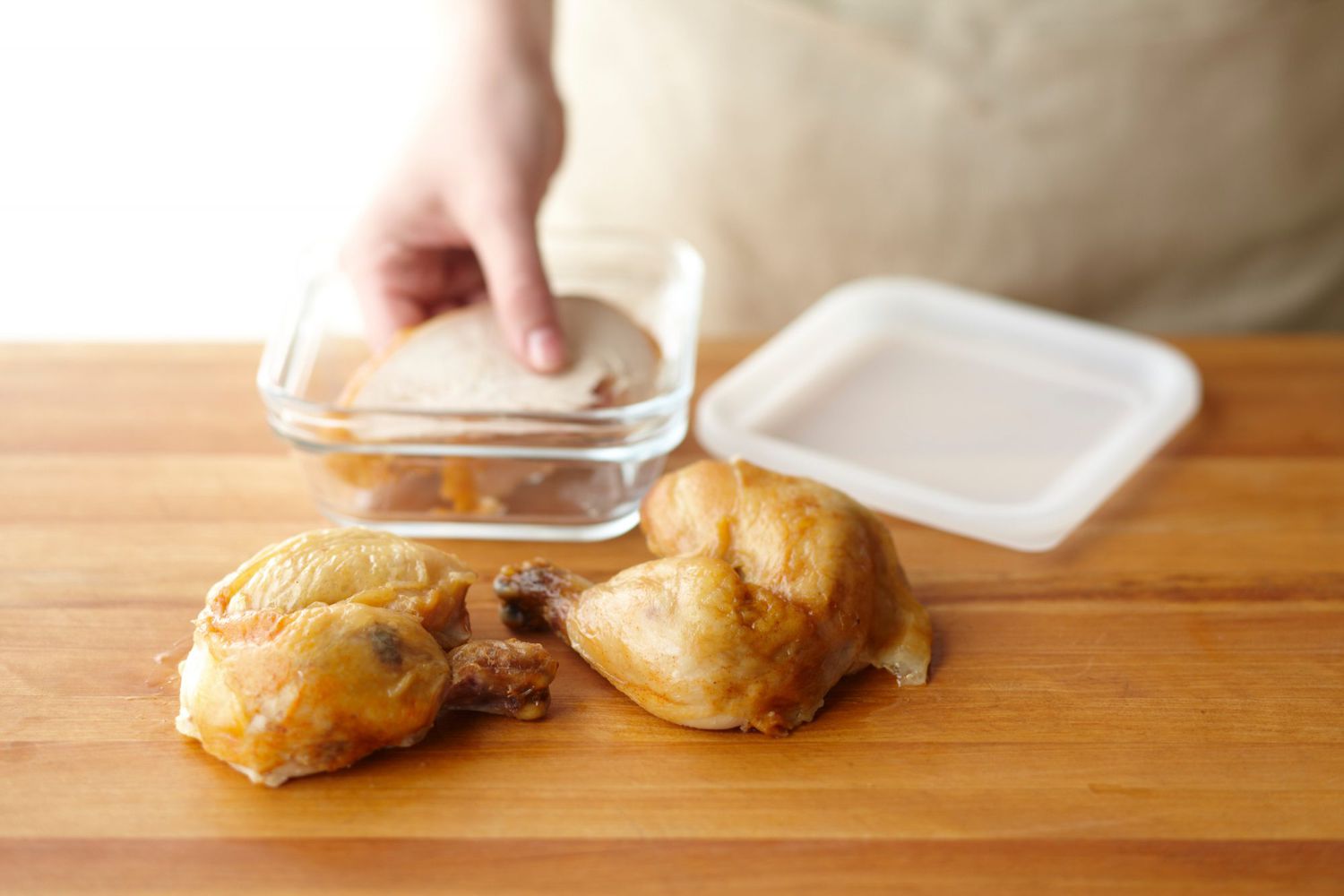

0 thoughts on “How To Store Chicken Fat”